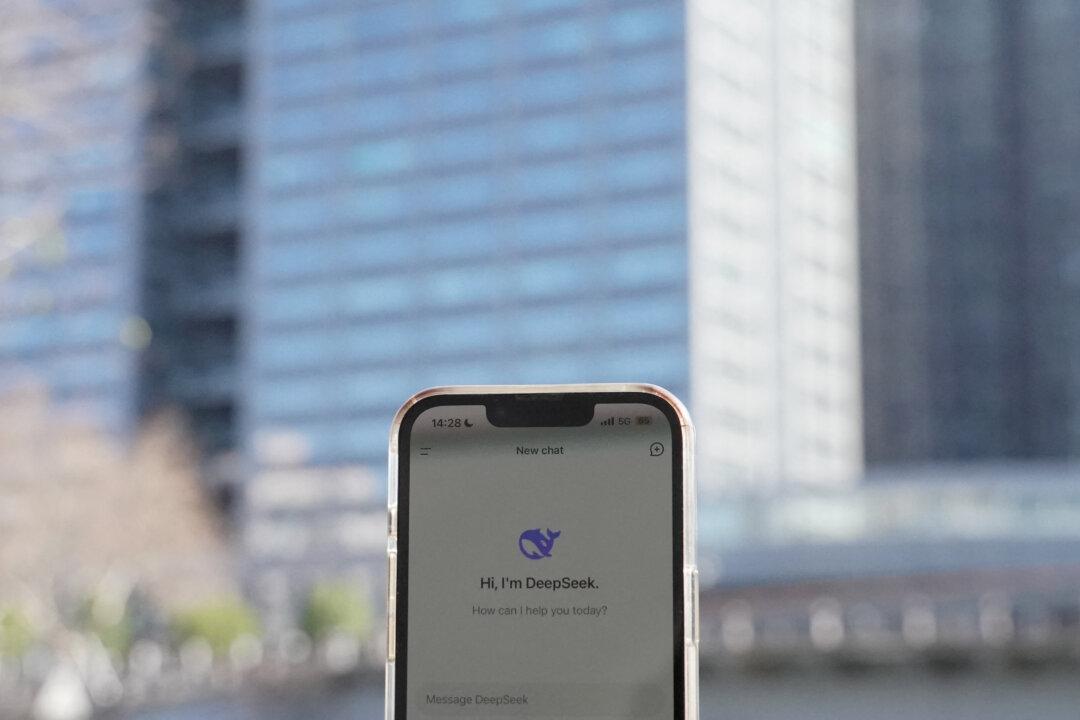Japanese Prime Minister Fumio Kishida’s recent visit to the United States boosted his poll numbers in Japan, although it remains to be seen whether this will help his Liberal Democratic Party in elections next week. Despite a vehement reaction from Beijing, the visit—aimed at strengthening the U.S.-Japan alliance amid increasing Chinese aggression—received widespread acclaim, even from some of Mr. Kishida’s critics.
The Japanese leader struggled in the polls in recent months due to a fund scandal. The recent visit gave a boost to his poll numbers, with his disapproval rating dropping and his approval rating rising. According to a nationwide poll conducted by Kyodo News, approval for Mr. Kishida’s cabinet surged by 3.7 percentage points after his U.S. visit, marking a notable change from recent declines.





